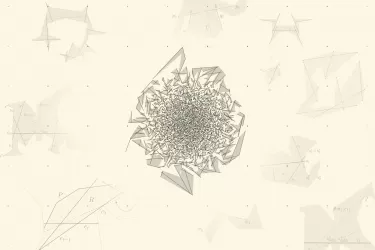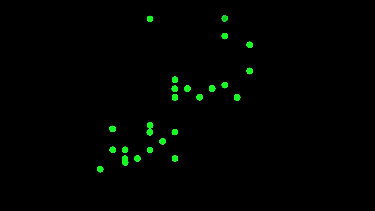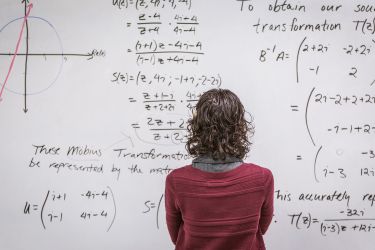Mathematics

Sciences & Technology
Quiz
Can you solve the skeleton puzzle?
‘Minimum obstacle skeletons’ could be used to optimise mass telecommunications and transport networks. But first, we need to solve a puzzle

Environment
Research
There’s a link between sudden Antarctic ice shelf breakups and sea ice loss
When sea ice retreats, damaging ocean waves can break already weakened Antarctic ice shelves

Sciences & Technology
Under the Microscope
Celebrating the “grandmother” of optimisation on International Women in Maths Day
Pioneering 95-year-old Australian mathematician and statistician Alison Harcourt AO has made a big impact on her field, and on her colleagues

Sciences & Technology
Can you accurately read a graph? It may not be as simple as you think
From COVID to mortgage rates, we see data presented in graphs all the time, but our interpretation can differ – a lot

Sciences & Technology
Can you accurately read a graph? It may not be as simple as you think
From COVID to mortgage rates, we see data presented in graphs all the time, but our interpretation can differ – a lot

Sciences & Technology
Mathematicians moved by dance, karate and building a better world
To mark Women in Mathematics Day, two early career mathematicians – Dr Wei Huang and Dr Astrid Zeman – share their inspirations, achievements, ambitions and hobbies

Sciences & Technology
Under the Microscope
Healing wounds with differential equations
Professor Jennifer Flegg uses mathematics to solve biological problems like wound healing and infectious diseases

Environment
The smallest marine microbes share nutrients – briefly
Fleeting interactions between the smallest phytoplankton and bacteria help to shape global ocean productivity

Sciences & Technology
Understanding how a cell becomes a person - with maths
There are trillions of cells in the human body, and researchers are developing new mathematics to understand how they work

Health & Medicine
Using mathematics to treat malaria
Parasite resistance to anti-malaria drugs is a growing challenge, but by using mathematical models researchers can track different types of resistance to help agencies target effective treatments